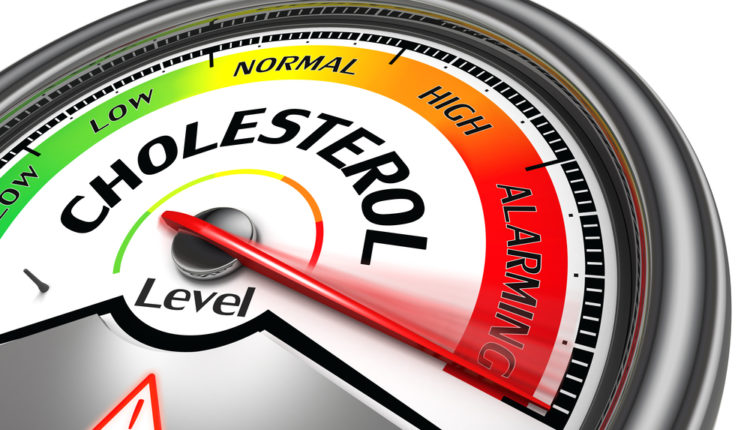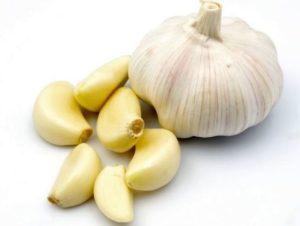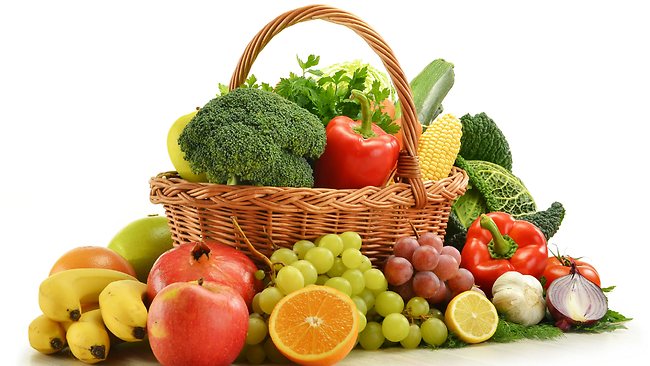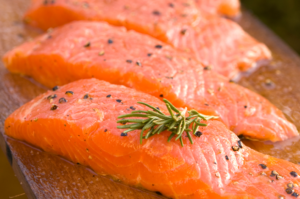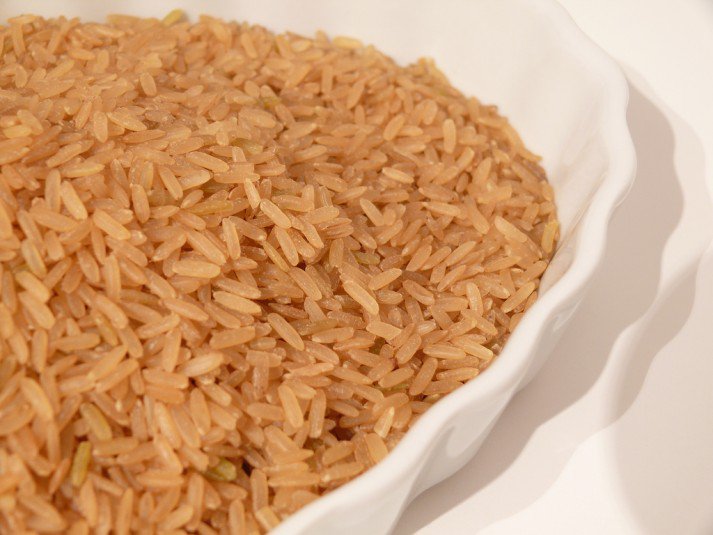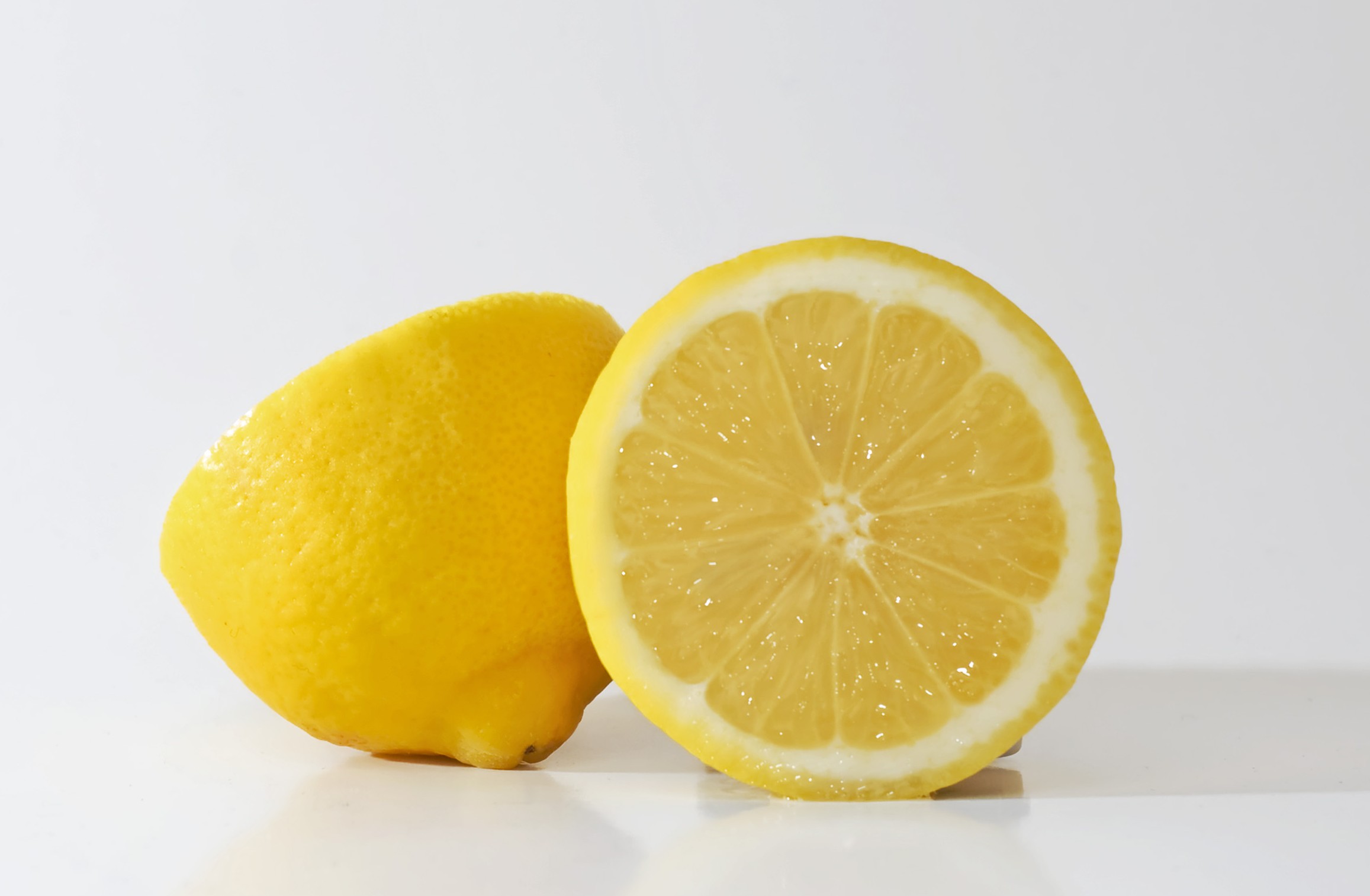12 FOODS THAT LOWER CHOLESTEROL AND KEEPS YOU HEALTHY
How’s your cholesterol? If you haven’t had a test in the last 5 years, it may be time to book an appointment with your doctor. The Researchers recommends that everyone between 40 and 74 years old should be screened for high cholesterol once every 5 years as part of a cardiovascular health risk assessment. Some foods punch well above their weight in helping to reduce cholesterol levels – we call them the “Cholesterol busters”.
You’ll be happy to know that cholesterol-lowering foods include all sorts of great-tasting fruits, vegetables, legumes, whole grains, fish, lean meats and plenty of healthy sources of fat, too. Below is a detailed list of foods which lower bad LDL cholesterol, while leaving the good HDL cholesterol largely unaffected.
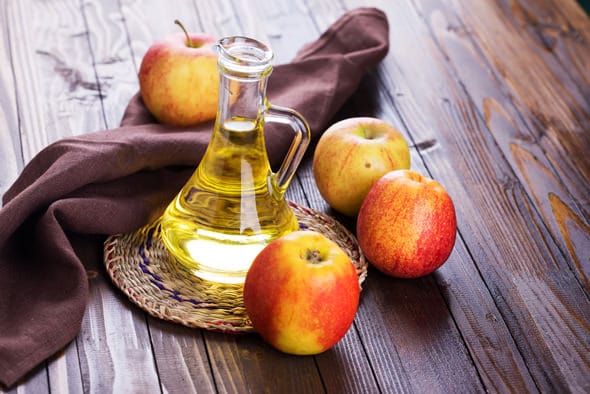 1. APPLE CIDER VINEGAR
1. APPLE CIDER VINEGAR
A health tonic promoted for treating allergies, rashes, and infections and for aiding in digestion and promoting weight loss. It is a way to increase insulin sensitivity for type 2 diabetics. Studies have shown that apple cider vinegar when consumed with water showed a reduction in LDL (bad) cholesterol and an increase in HDL (good) cholesterol. Because of its strong flavour and relatively low caloric content, apple cider vinegar is a healthy alternative to creamy dressings and sauces.
2. SOY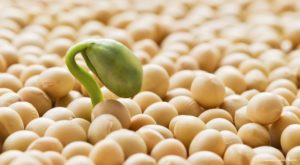
Reducing saturated fat is the single most important dietary change you can make to cut blood cholesterol. Used as a replacement for meat and cheese, soy foods help your heart by slashing the amount of saturated fat that you eat.
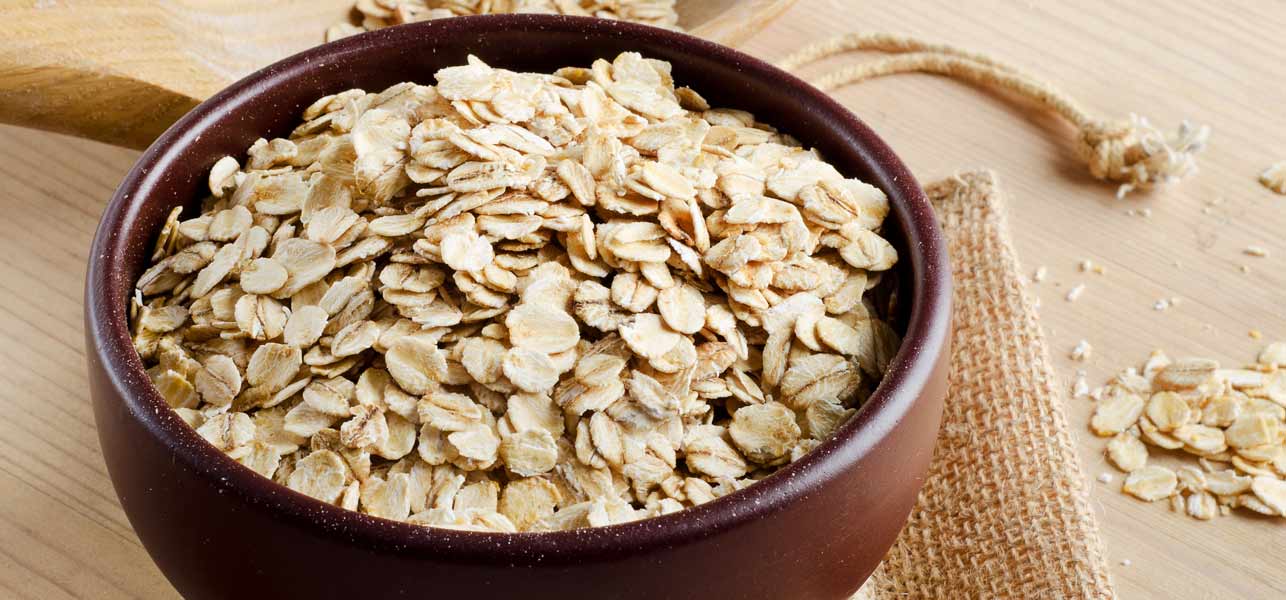 3. OATS
3. OATS
An easy first step to improving your cholesterol is having a bowl of oatmeal or cold oat-based cereal like Cheerios for breakfast. It gives you 1 to 2 grams of soluble fiber. Add a banana or some strawberries for another half-gram. Current nutrition guidelines recommend getting 20 to 35 grams of fiber a day, with at least 5 to 10 grams coming from soluble fiber.
4. NUTS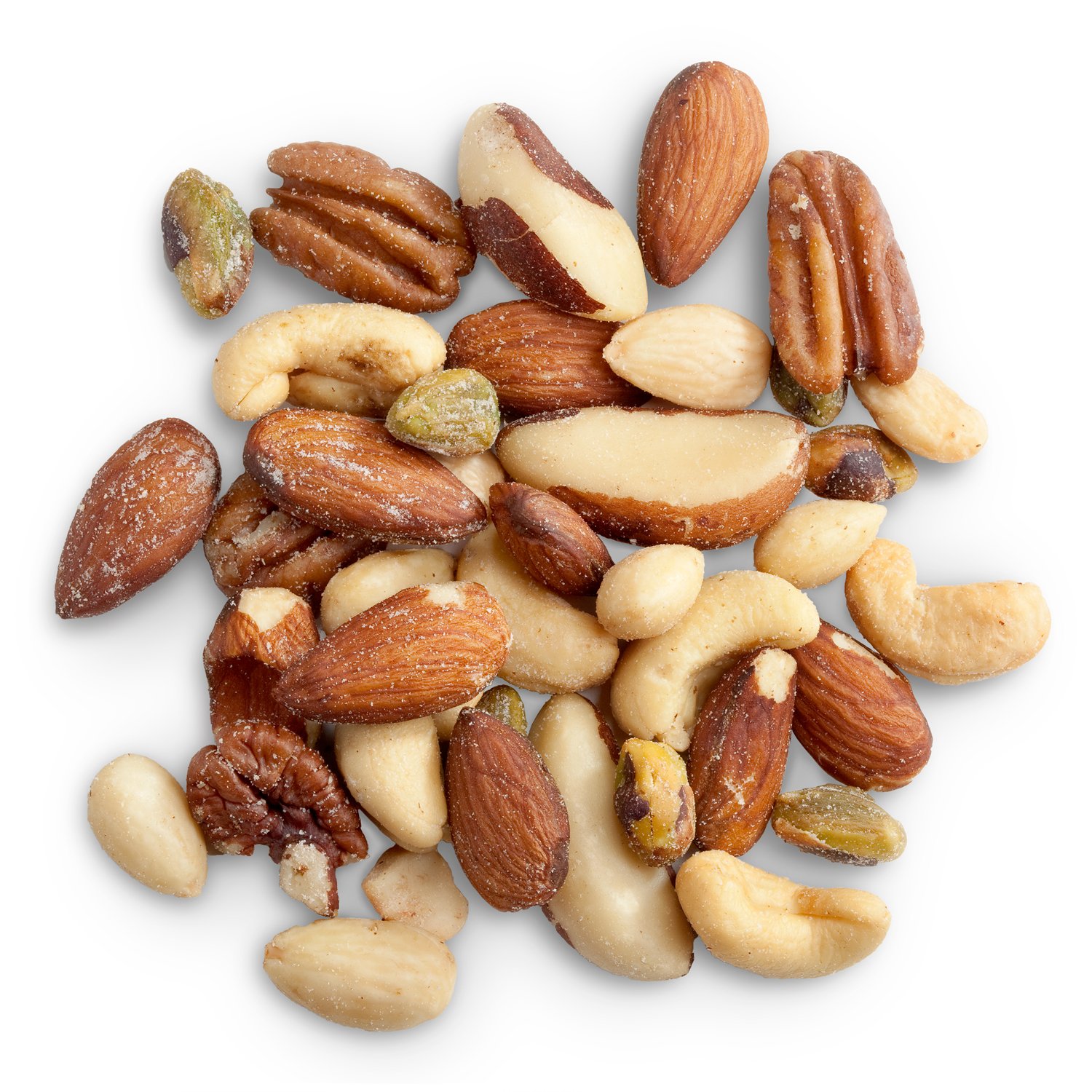
All nuts are rich in vegetable protein, fibre, heart healthy unsaturated fats, vitamin E, magnesium, potassium, natural plant sterols and a host of beneficial plant nutrients. 30-35g a day of nuts (a handful) has the potential to lower cholesterol by an average of 5%.
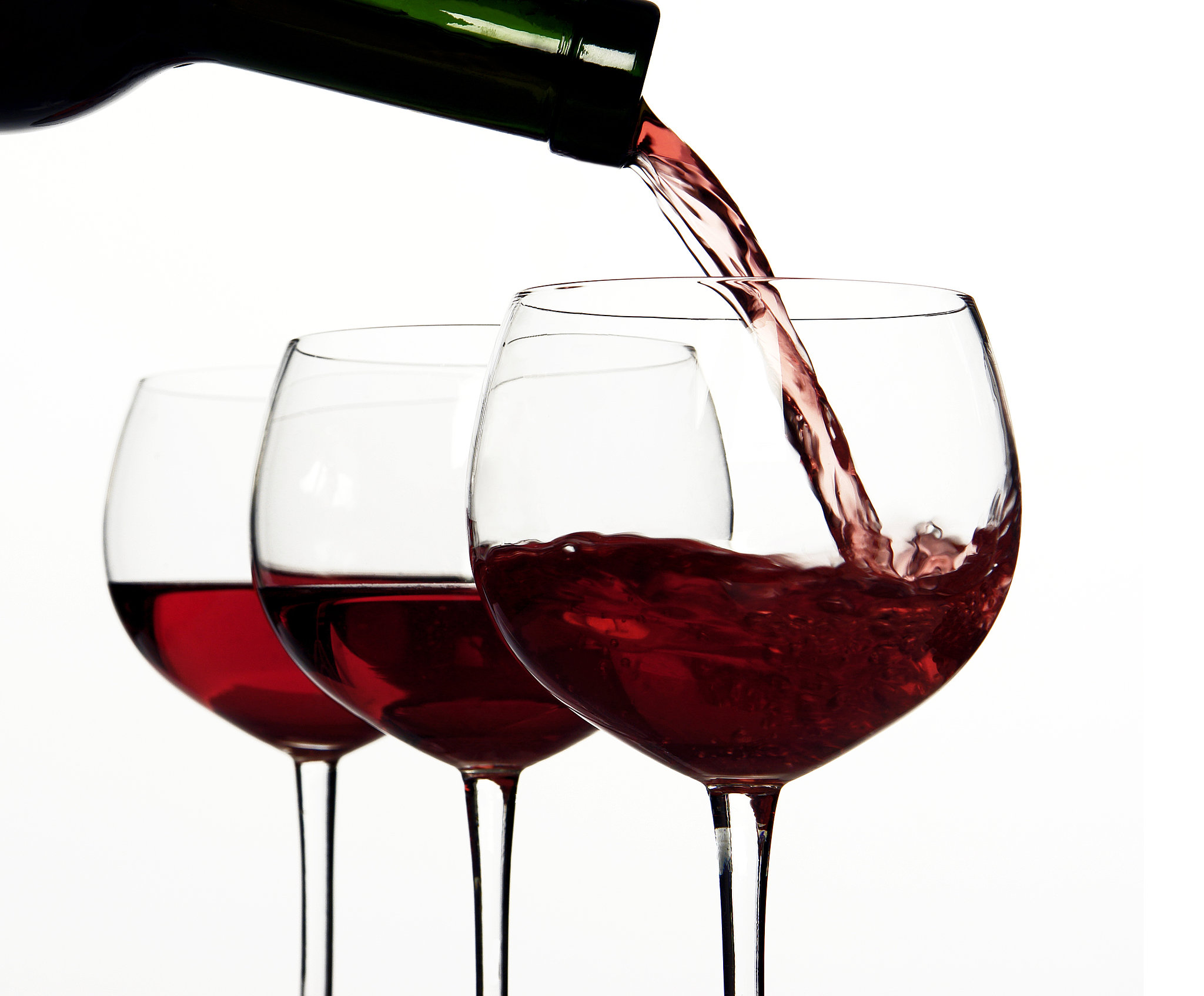 5. RED WINE
5. RED WINE
Scientists are giving us yet another reason to drink to our health. It turns out that high-fiber Tempranillo red grapes, used to make red wine like Rioja, may actually significantly lower cholesterol levels. When individuals consumed the same grape supplement found in red wine, their LDL levels decreased by 9%. In addition, those who had high cholesterol going into the study saw a 12% drop in LDL. So go ahead and drink a glass for that cholesterol-lowering benefit.
6. FLAX SEEDS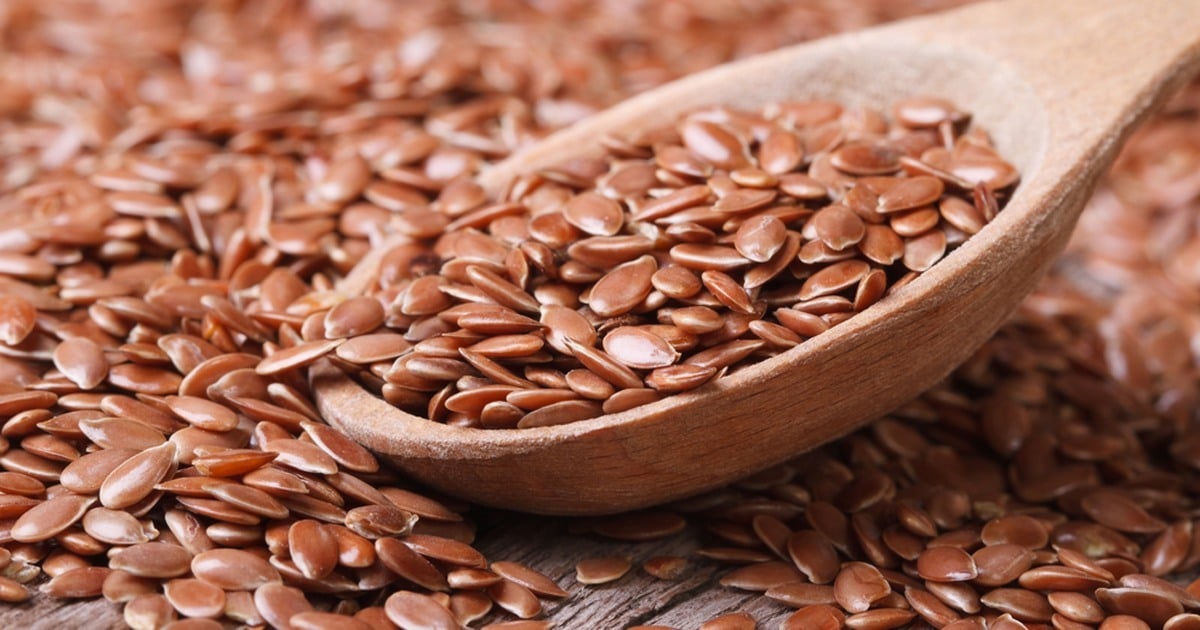
Up to 50 grams of flax seeds a day has been shown to reduce LDL cholesterol in healthy young adults by up to 8%, and 38 grams of flax seeds per day reduced LDL cholesterol by 14% in people with high cholesterol (hypercholesterolemia). In both studies the flax seeds where consumed in a muffin or other bread product. Flax seeds are easily incorporated in baked goods, as well as added to hot cereals like oatmeal.
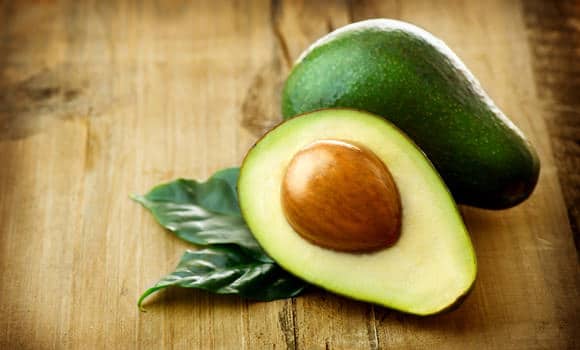 7. AVOCADOS
7. AVOCADOS
It contain significant amounts of good fats (oleic acid, healthy monounsaturated fat) and fibre that helps boost good cholesterol and lower bad. So, add avocados to your salad or make a nice avocado dip.

